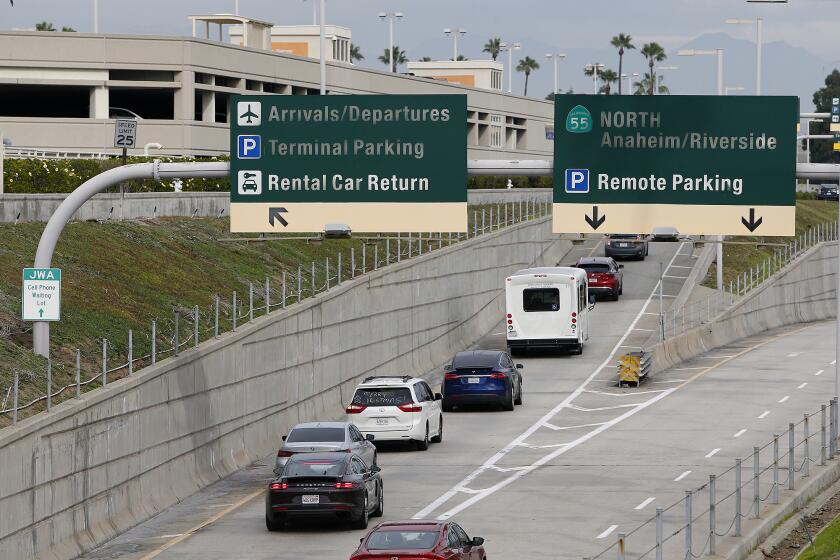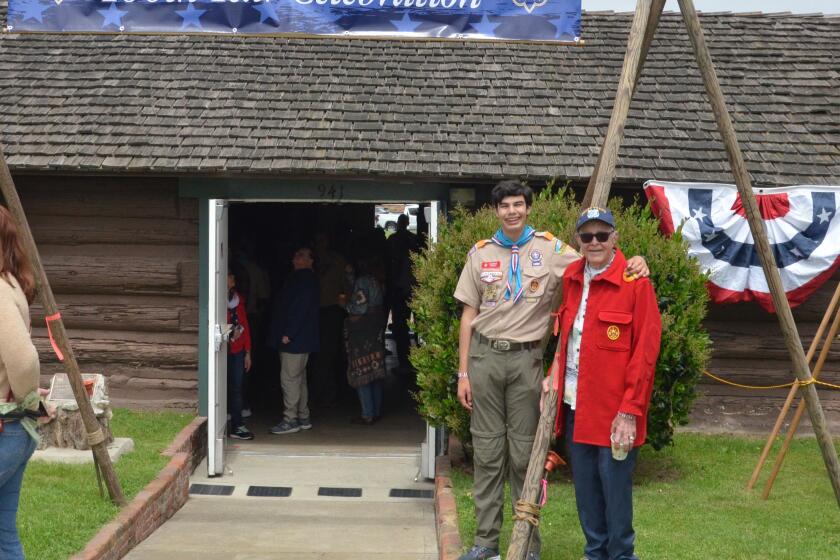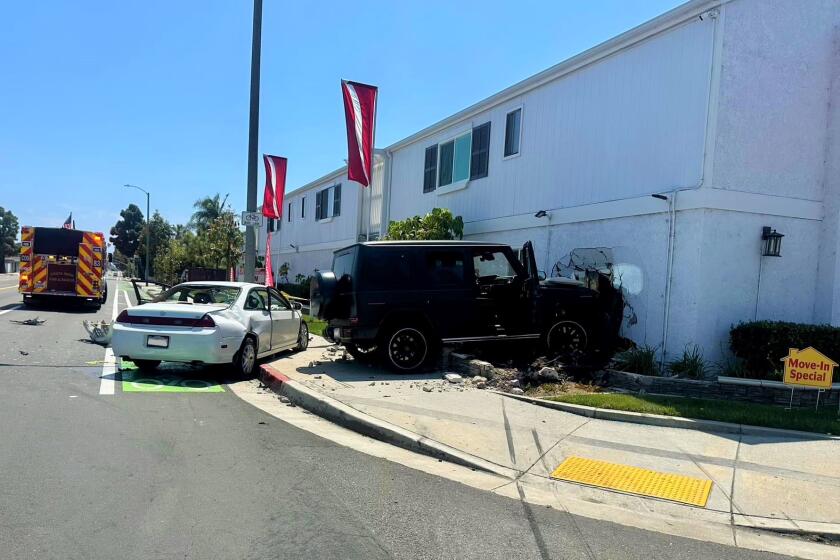Wetlands Conservancy looking to educate
With a measuring tape and notepad in hand, Gordon Smith jotted down the size of the windows at the Huntington Beach Wetlands Conservancy building.
The chairman of the nonprofit is looking to install some transparent vinyl veneers on the windows as part of the creation of an interpretive center at the facility, at Newland Street and Pacific Coast Highway.
The building’s 1,700-square-foot bare meeting room is on its way to being converted to a learning area, much like the one at the Bolsa Chica Conservancy interpretive center.
Smith and the Wetland Conservancy have been focused on restoring the 140 acres of wetlands from Newland Street to the Santa Ana River. After receiving funding from the state, the nonprofit has shifted gears somewhat and is looking to become an educational destination for residents.
According to floor plans, one side of the interpretive center will include a boardwalk with a large panorama of the Magnolia Marsh and mock water tanks below it. Another side will feature a hand-painted illustration of the 1990 American Trader oil spill to teach guests about how humans affect the health of the wetlands.
The facility will also be the home of about 20 large informational panels and 75 high-resolution photos of the wetlands. This part of the project is expected to be completed near the end of August.
The interpretive center has been a goal almost since the building was constructed in 1996.
Smith, who has been with the nonprofit since it started in 1985, said plans for an educational area have long been in the works, but funding was scarce. That changed in December 2011, when a $750,000 grant was approved by the California Coastal Conservancy.
Around $500,000 will be used for the interpretive center while the remaining $250,000 will go toward improving the Magnolia Marsh, Smith said.
“It’s from bond money that was approved years ago by voters in California for exactly this: educational facilities having to do with wetlands and water conservation,” he said. “The state’s been sitting on a lot of money from bonds that were sold years ago.”
In addition to the educational center, the conservancy is looking to open Magnolia Marsh to the public, perhaps with a short boardwalk and docent program to enable tours of the area, Smith said, but plans will be hashed out once the interpretive center is complete.
Not only is Smith trying to make the conservancy a place for local residents to learn about the wetlands, he’s also trying to get tourists to visit the facility.
Smith, a member of the Huntington Beach Marketing and Visitor’s Bureau, said the city has been pushing for ecological tourism. The Bolsa Chica Ecological Reserve has been the main destination for that brand of tourism.
The new interpretive center will be “one more feature of the city, besides the ocean and surfing, we can offer guests as an attraction,” Smith said.
All the latest on Orange County from Orange County.
Get our free TimesOC newsletter.
You may occasionally receive promotional content from the Daily Pilot.



